
SELF-MANAGEMENT HEALTH SKILLS
See how you can manage your diabetes.
Intro


- Testing blood sugar and taking action when it gets too high or too low
- Eating balanced meals and watching portion sizes
- Being active most days of the week
- Drinking plenty of water to avoid dehydration
- Taking medications as prescribed
- Checking feet
- Learning how to manage stress
- Education, education, education!
- Getting recommended tests and exams



Diabetes Self-Management Education and Support




- Endocrinologist – specializes in the treatment of diabetes
- Diabetes Nurse Educator – Instruction in your day-to-day care
- Dietician – help in planning meals
- Ophthalmologist – eye examinations
- Podiatrist – routine foot care
- Exercise Specialist – help in planning a diabetes exercise program
- Lifestyle Coach – deliver lifestyle change programs
- Physical Therapist – help with physical problems related to diabetes
Self Care Tips

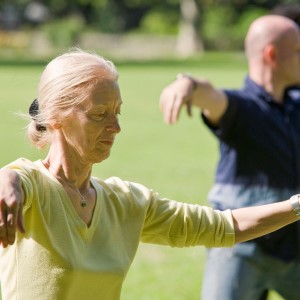
Resources
Here are some great resources for managing diabetes:
WHERE TO LOOK
In the U.P. there are diabetes self management programs, care managers, and RDN and/or Diabetes Care and management specialists embedded in practices. Also, 2 FNP who specialize in diabetes care. We also have specialized clinics in the U.P. for children with diabetes.
FREE TOOLS AND RESOURCES
These tools and resources can help you reach your goals and better manage diabetes.
Wellness Wheel
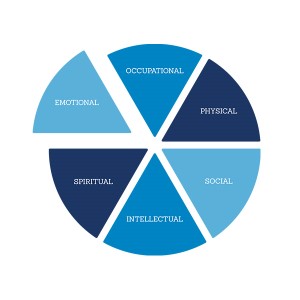






Aspect: Emotional
The emotional dimension of wellness emphasizes an awareness and acceptance of one’s feelings. It reflects the degree to which an individual feels positive and enthusiastic about oneself and one’s life. This dimension involves the capacity to manage feelings and behaviors, accept yourself unconditionally, assess limitations, increase peace, and cope with stress.
Aspect: Occupational
The occupational dimension recognizes personal satisfaction and enrichment in one’s life through work. At the center of occupational wellness is the premise that occupational development is related to one’s attitude about one’s work. Traveling a path toward your occupational wellness, you’ll contribute your unique gifts, skills, and talents to work that is both personally meaningful and rewarding.
Aspect: Physical
The physical dimension recognizes the need for regular physical activity. Physical development encourages learning about diet and nutrition while discouraging the use of tobacco, drugs and excessive alcohol consumption. Optimal wellness is met through the combination of good exercise and eating habits. As you travel the wellness path, you’ll strive to spend time building physical strength, flexibility and endurance.
Aspect: Social
The social dimension encourages contributing to one’s environment and community. It emphasizes the interdependence between others and nature. As you travel a wellness path, you’ll become more aware of your importance in society as well as the impact you have on multiple environments. You’ll take an active part in improving our world by encouraging healthier living and initiating better communication with those around you.
Aspect: Intellectual
The intellectual dimension recognizes one’s creative, stimulating mental activities. A well person expands his or her knowledge and skills while discovering the potential for sharing his or her gifts with others. Using intellectual and cultural activities in the classroom and beyond the classroom combined with the human resources and learning resources available within the university community and the larger community, a well person cherishes intellectual growth and stimulation.
Aspect: Spiritual
The spiritual dimension recognizes our search for meaning and purpose in human existence. It includes the development of a deep appreciation for the depth and expanse of life and natural forces that exist in the universe. Your search will be characterized by a peaceful harmony between internal personal feelings and emotions and the rough and rugged stretches of your path.


Diabetes ABCs

How do Diabetes Care and Education Specialists Help?
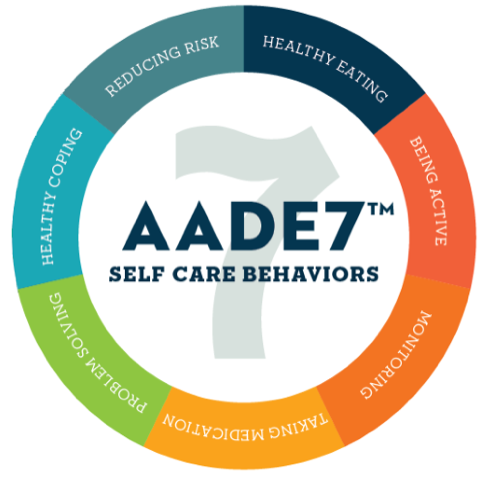
Carb Counting

BMI Calculator
Weight Loss Planning


Meals


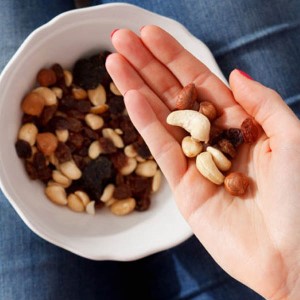
- You can use everyday objects or your hand to judge the size of a portion
- 1 serving of meat or poultry is the palm of your hand or a deck of cards
- 1 3-ounce serving of fish is a checkbook
- 1 serving of cheese is six dice
- 1/2 cup of cooked rice or pasta is a rounded handful or a tennis ball
- 1 serving of a pancake or waffle is a DVD
- 2 tablespoons of peanut butter are a ping-pong ball
Exercising Safely





Activities You Can Do
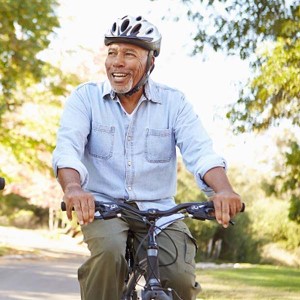

- Walk around while you talk on the phone or during TV commercials.
- Do chores, such as work in the garden, rake leaves, clean the house, or wash the car.
- Park at the far end of the shopping center parking lot and walk to the store.
- Take the stairs instead of the elevator.
- Make your family outings active, such as a family bike ride or a walk in a park.

- Leg lifts or extensions
- Overhead arm stretches
- Desk chair swivels
- Torso twists
- Side lunges
- Walking in place
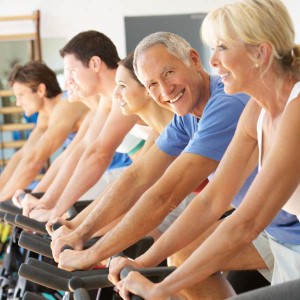

- Walking briskly or hiking
- Climbing stairs
- Swimming or a water-aerobics class
- Dancing
- Riding a bicycle or a stationary bicycle
- Taking an exercise class
- Playing basketball, tennis, or other sports


Press Center
Lions Club, NMU students collaborate on website for diabetes awareness
UPMatters/WJMN-TV | November 12th, 2021

Gary was Honored by PID Connie LeCleir-Meyer with the Melvin Jones Fellowship Award for his work in Diabetes
The Melvin Jones Fellowship (MJF) is the backbone of our foundation. Presented to those who donate US$1,000 to LCIF or to people for whom a donation was made by others, it’s a tremendous contribution to humanity and to the legacy of our founder, Melvin Jones. (READ MORE)

International recognition: Negaunee resident honored for diabetes-related work
The Mining Journal | December 30th, 2020

Negaunee man receives International Presidential Medal from the Lions Clubs International President
Upper Michigan Source | November 18th, 2020
Interview with Gary Perala, Project Chairperson for District 10 Lions "Defense Against Diabetes"
WNMU.FM | November 3rd, 2020

National Kidney Foundation/DAD Press Release
National Kidney Foundation | October 27th, 2020
Quick online test helps determine risk of prediabetes
Upper Michigan Source | November 5th, 2019

Diabetes Awareness And Action Plaque (Image)
It is with great pride that we wish to recognize Lions District 11E1 for their excellence in developing our Diabetes Pilot Program, "Diabetes Awareness And Action." Let it be know that District 11E1 were the Pioneers in Michigan in 2017 that forged this great program that makes the lives of people with diabetes with diabetes a little better to cope with in their daily suffering with this horrible disease. (READ MORE)
TESTIMONIAL: U.S. SENATOR GARY PETERS

“I am acutely aware that more than 1,052,000 Michiganders suffer from Diabetes, and I appreciate the members of the Lions Clubs of District 11-E1 for advocating on behalf of these individuals and their families.”
